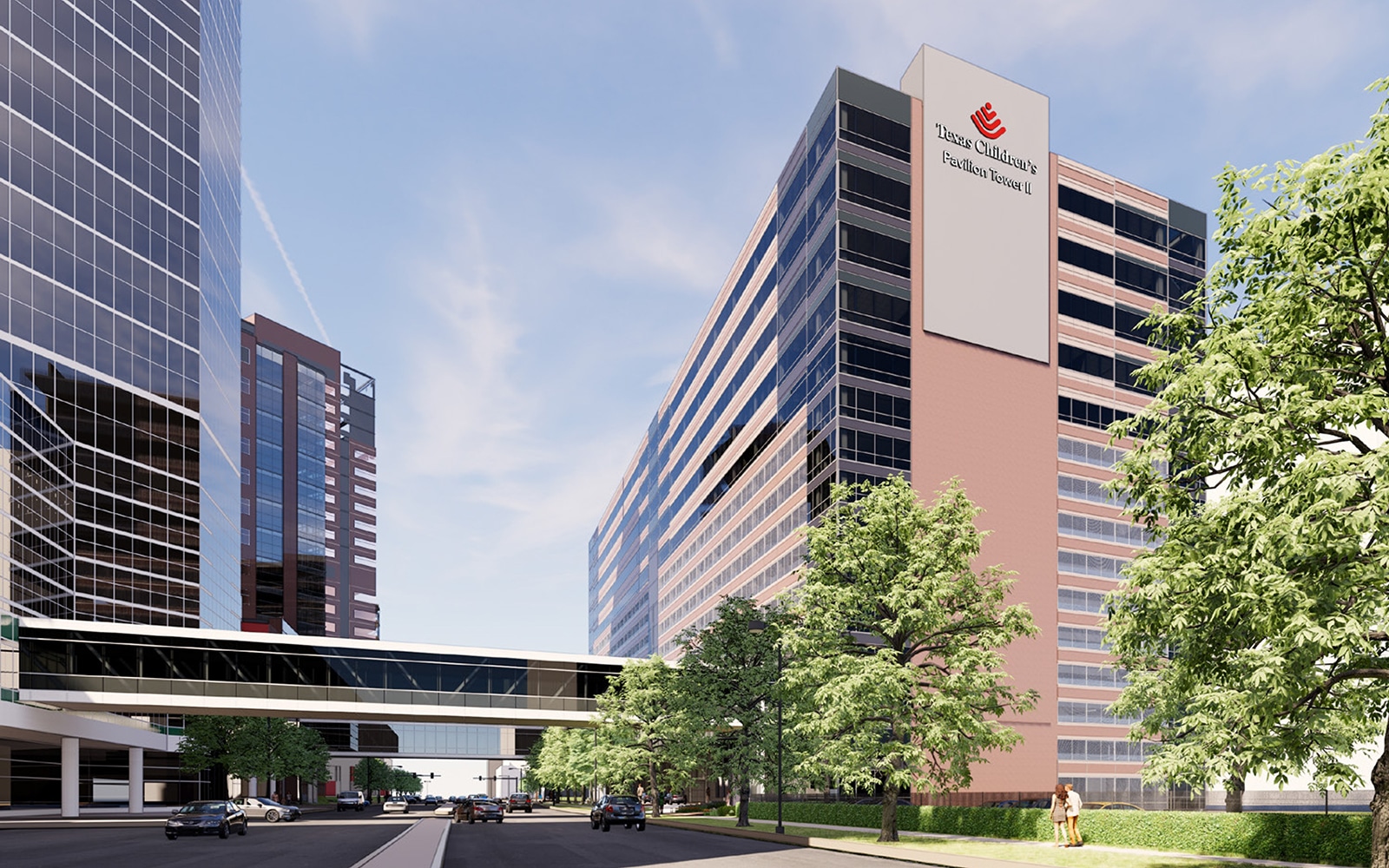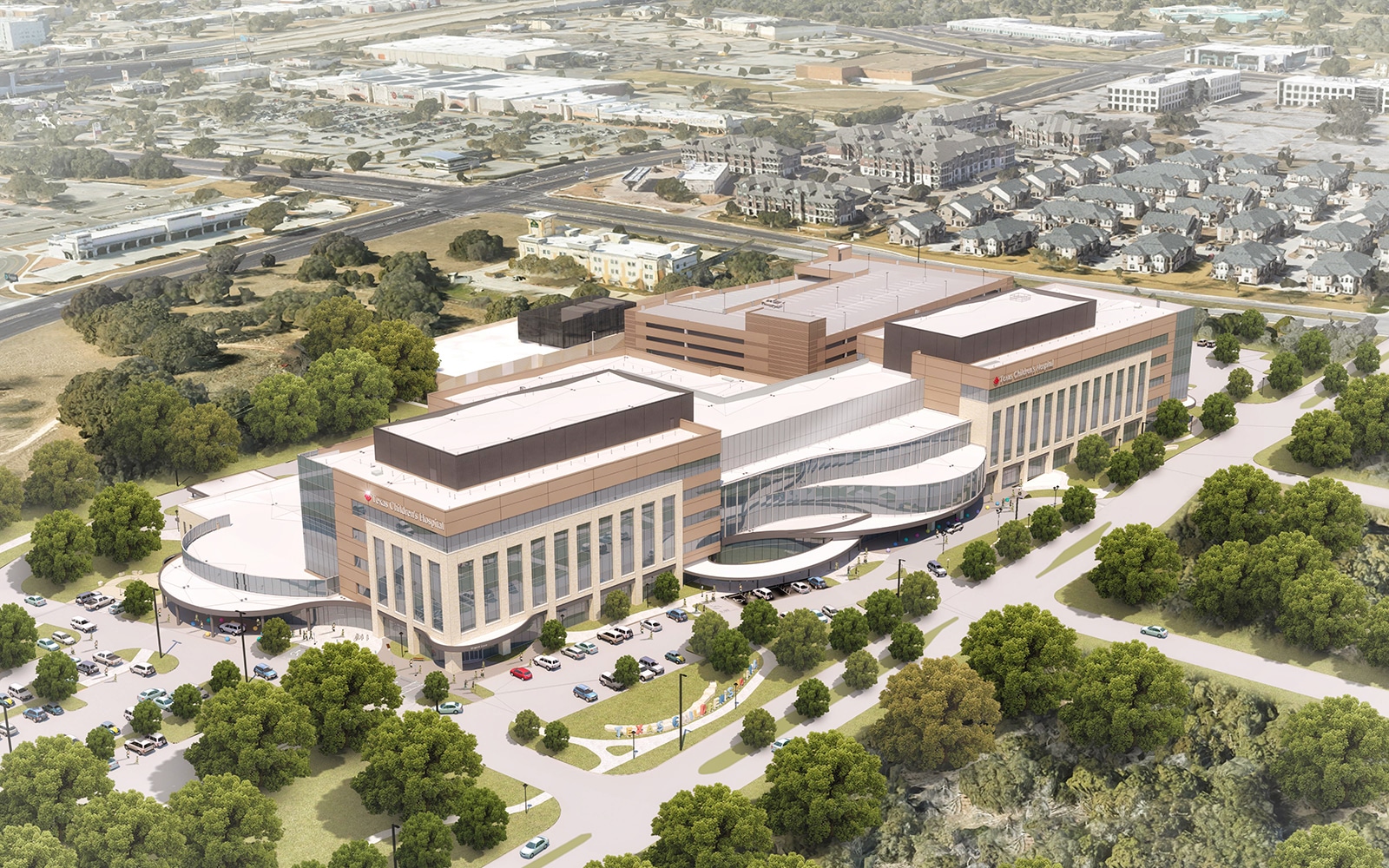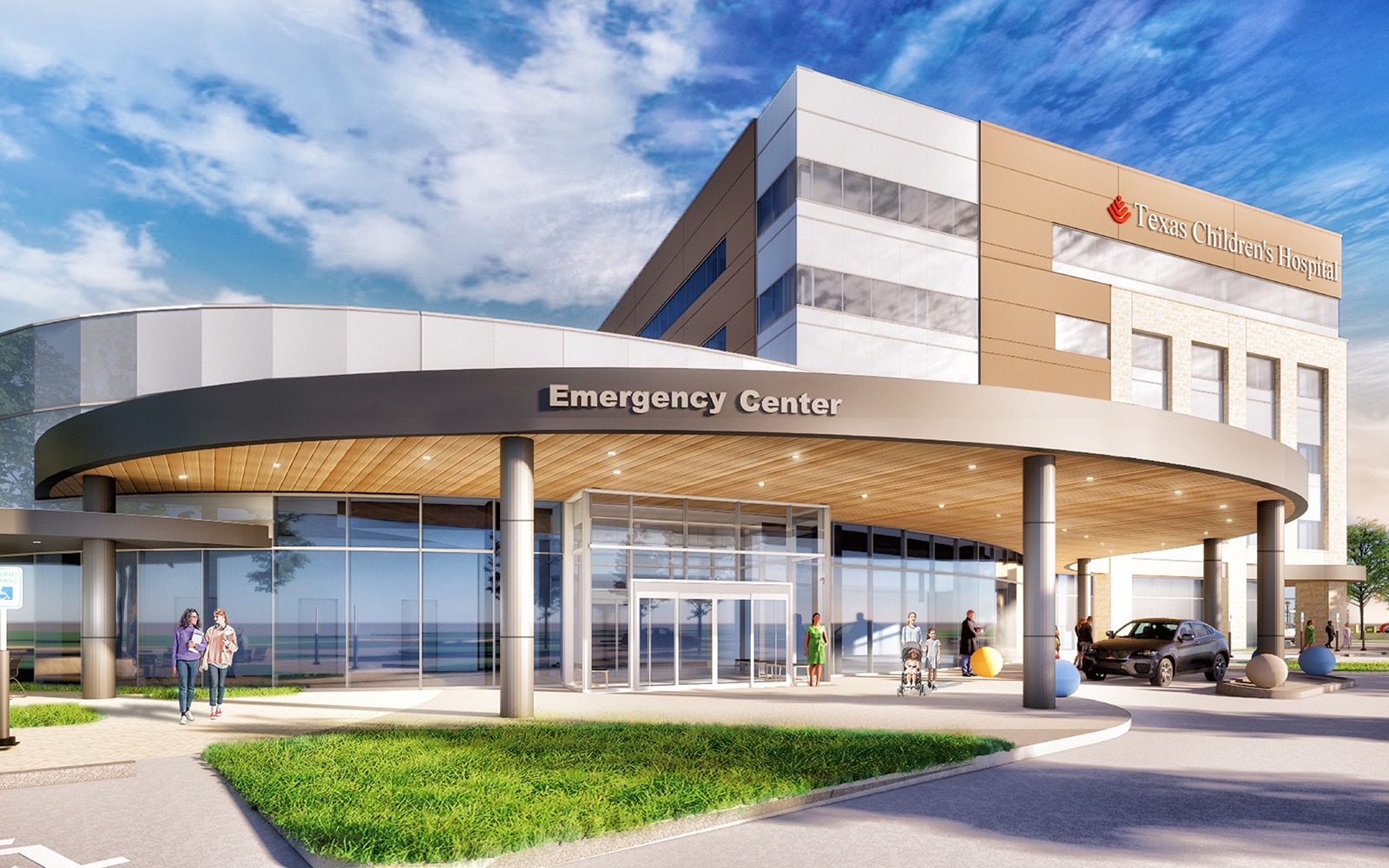|
|
Gaurav Khadse likens his job to solving a Rubik’s Cube. As assistant vice president of facilities planning and development at Texas Children’s Hospital (TCH), he is constantly moving occupants and shifting spaces to gain more capacity in existing buildings. Additionally, he is in charge of simultaneously expanding in new locations with the stunning cutting-edge buildings for which the pediatric hospitals are known. Far from being overwhelmed by these complicated projects, Khadse finds them to be a source of excitement.
“It’s fun to solve a puzzle,” he says. “A piece has to move to make room for another one or a new piece has to fit just right. It is quite interesting to make all the parts work together seamlessly.”
Khadse’s current puzzles are two multimillion-dollar projects that will dramatically improve the health and patient experience of women and children in Houston and Austin, Texas.
At the Texas Medical Center in Houston, Khadse’s team is renovating its building that houses its Pavilion for Women to create inpatient capacity for women’s services and additional neonatal intensive care rooms. This is being done by moving generalist clinic practices into another medical office building across the street from TCH’s Medical Center campus and connecting it by a bridge for easy access. To solve this particular puzzle, it was important to leverage expensive hospital space to its full potential and renovate underutilized offices into clinics, he explains.

Simultaneously in Austin, the team is building a 562,000-square-foot full service regional hospital with 52 beds and a full complement of services. This campus will include both inpatient and outpatient services for women and children. The entire project was designed virtually during the pandemic, and Khadse gives credit to the ways in which technology and other advancements in online collaboration platforms has made it possible.
“Technology is amazing,” he says. “We are even able to track the on-site construction progress from a drone that flies the same path around the building every week.”
Khadse began his career in architecture, working for nearly a decade as a healthcare architect in Texas. It’s this training, he says, that allows him to understand the requirements of a health system and deliver a facility that supports the institution’s mission.
According to Khadse, architects have the ability to facilitate dialogue, draw out information, and convert it into something more tangible. “More importantly, architects are trained to be comfortable in the gray areas and ask many questions,” he adds.

This background has been useful in his interactions with clients, helping him to understand their requirements and produce effective solutions. “Architects are trained to be good at communicating because that’s their livelihood,” he says. “They have to communicate their design concepts and make people excited about the vision.”
While working, Khadse spotted the value in health systems having an in-house architect with business acumen—someone who could help executives develop their facilities master plan in alignment with their financial strategy and then execute on the projects—and so he got his MBA at the University of Texas at Austin. It’s no small feat to complete a master’s degree while working full time, but with the help of his support system, he managed to successfully juggle all his responsibilities. “It’s unbelievable how people support you when you have a goal,” he says.
Khadse is now in a position to support others. In his role, he looks to empower his team, providing the tools and resources they need, and then stepping aside so they can succeed. This hasn’t always come easy to him. He’s learned, though, that not everything has to be done his way. Even now, his leadership style continues to evolve. “I’m quite fluid,” he says. “When I see something new and better, I assimilate it into my style.”
It’s important to him that his team enjoys what they do (“If not, they’ll find somewhere else to work,”) and that they are passionate about the patient and staff experience. You can tell by the way his face lights up when he talks about the children at TCH that he has a passion for making their experience more enjoyable.

The design of the patient rooms and public spaces is cheerful and thoughtful. Khadse and his team make it a point to utilize elements that can comfort children who are in pain. “The interior design of our facilities is beautiful and designed with the kids and families in mind, so that when kids get in, they feel uplifted, and that this is a nice place to be,” he says.
The design of TCH hospitals is always centered around a theme. For the Austin hospital, it’s central Texas landscapes: one floor is inspired by waterways, another by caverns, and another by the highlands. “It’s educational, exciting, and fun,” he says. “And very playful, as well.”
These elements are what brings Khadse back to complex projects time and again. The Houston and Austin buildings won’t be complete for several years, but until then, Khadse will keep chipping away at the puzzles until everything is where it should be, positioned to put a smile on a child’s face.
“After all, the environment the kids are in makes a huge difference,” he notes.

